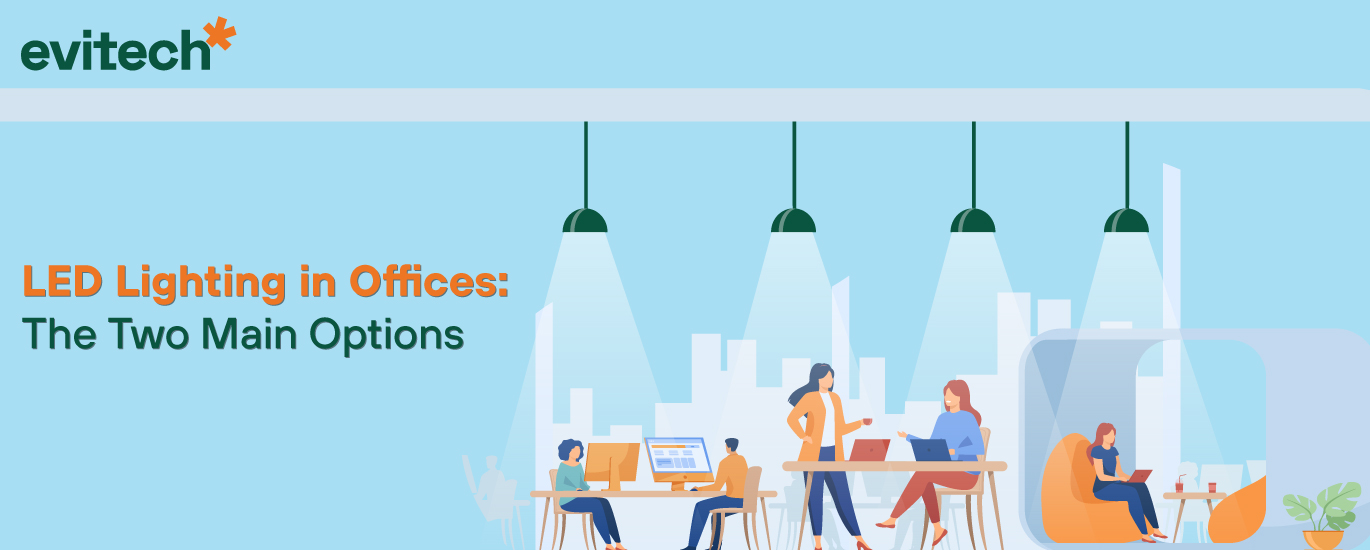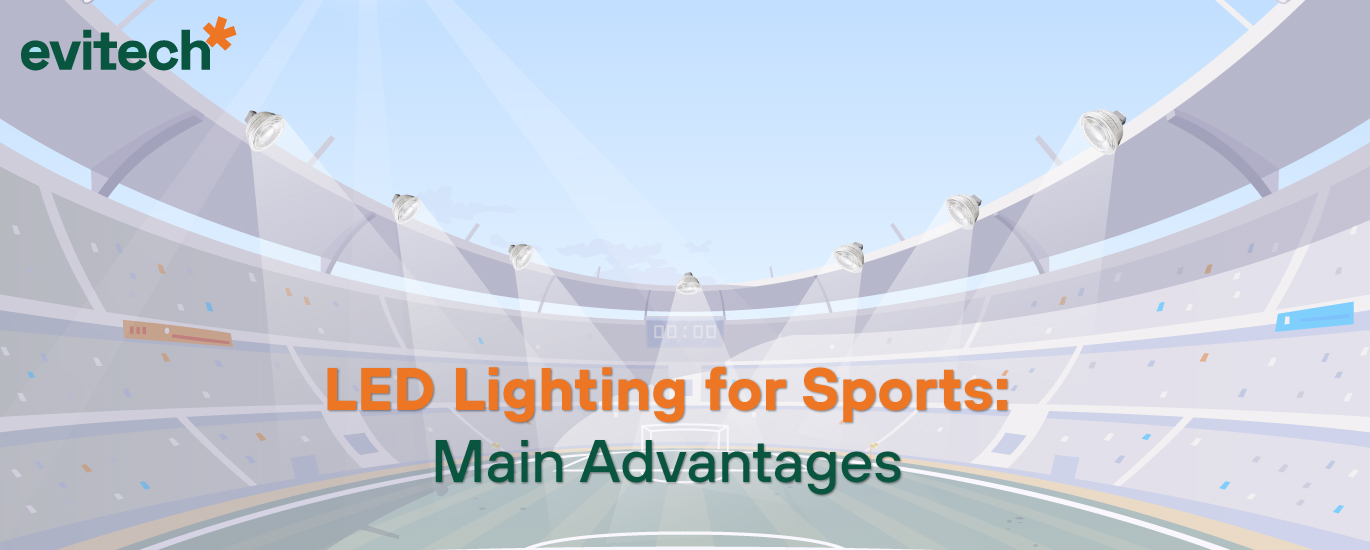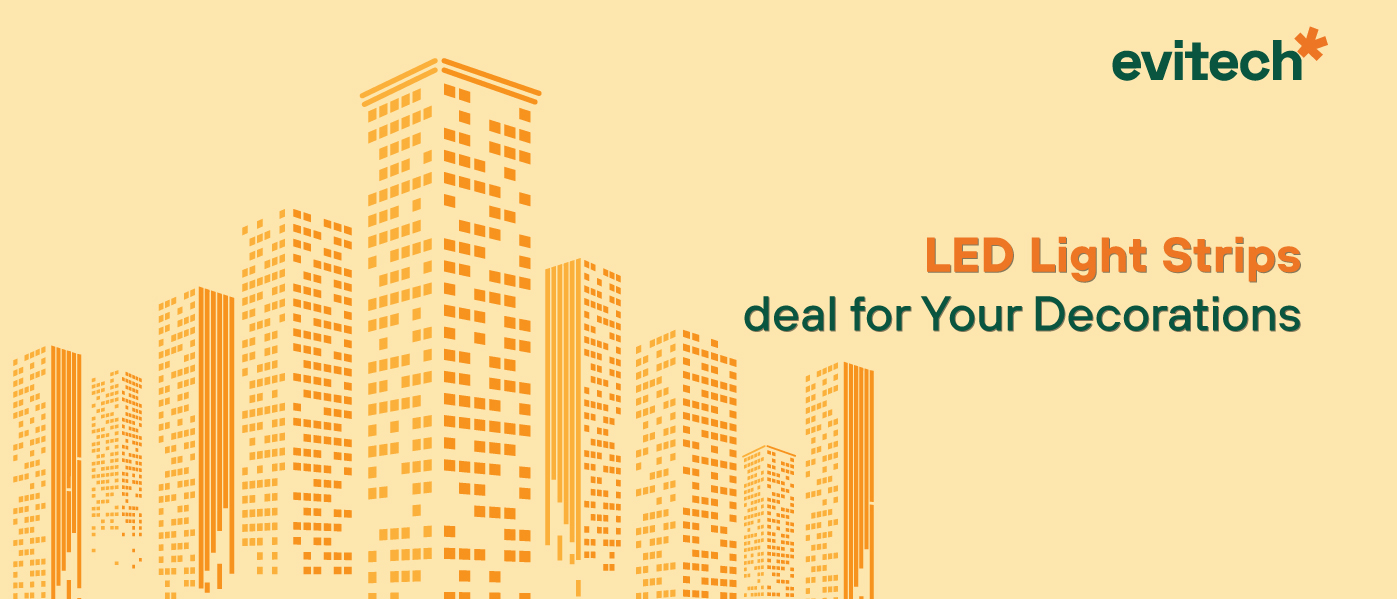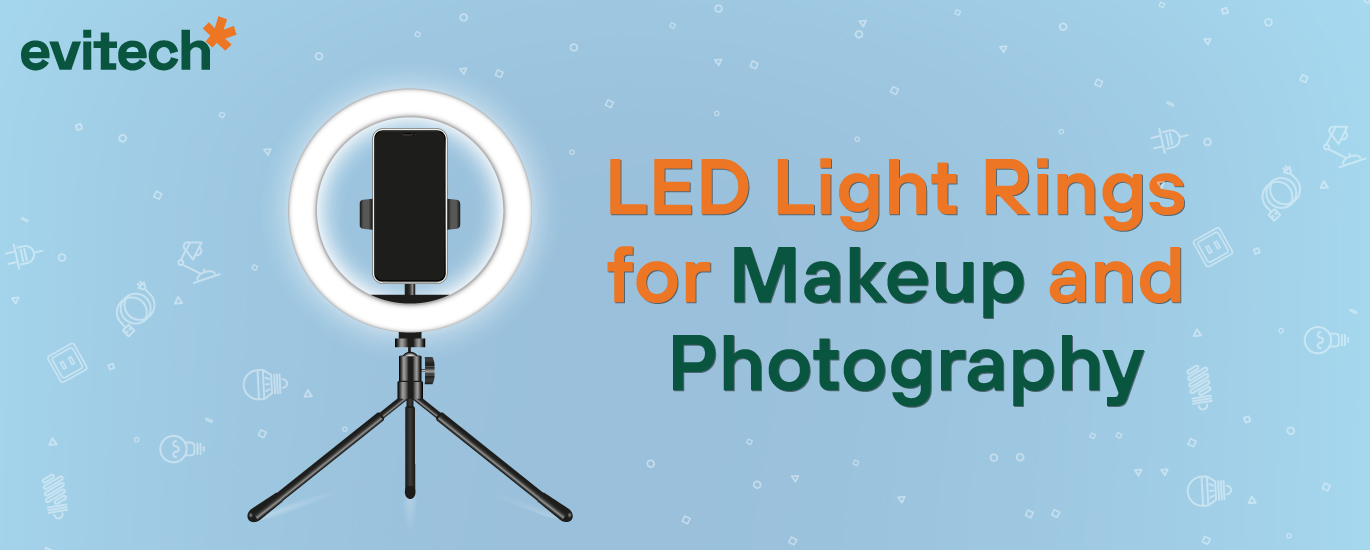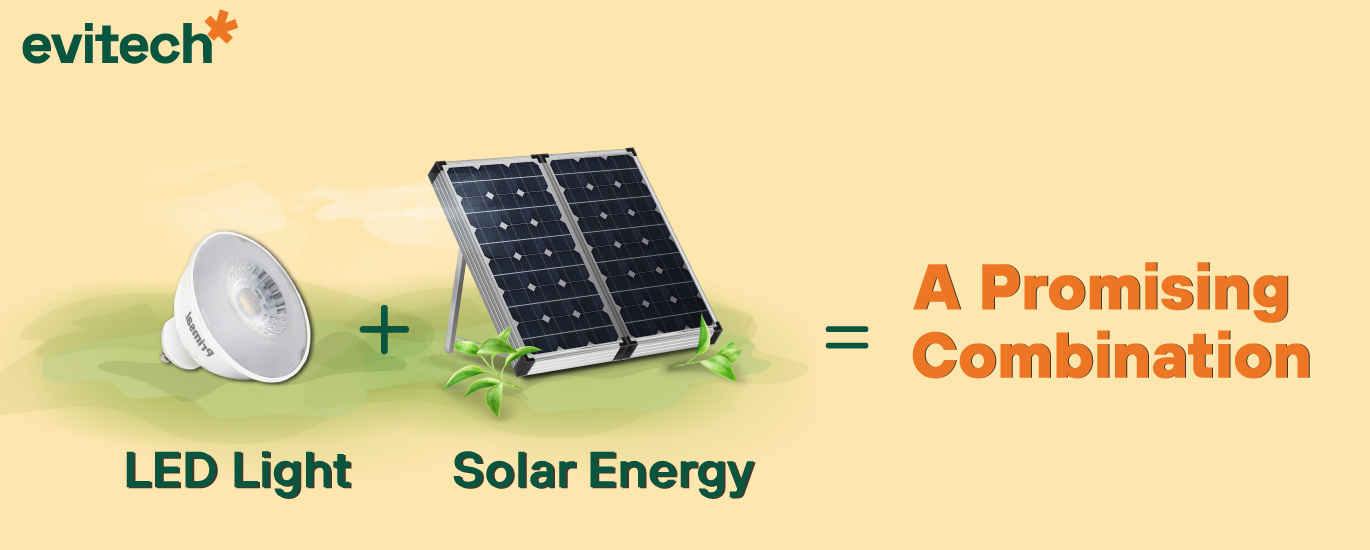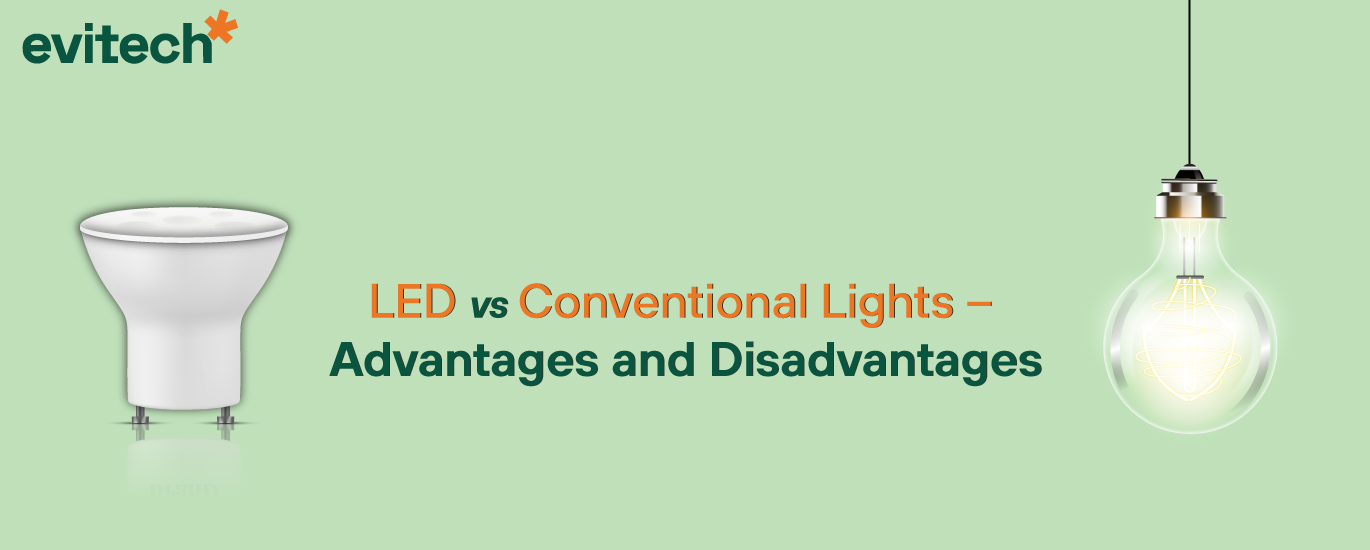LED Lighting in Offices: The Two Main Options
Traditionally, fluorescent tube luminaires have been used for workspaces. However, LED office lighting alternatives now offer savings of 40% or more.
Office spaces typically use a 2′ x 4′ or 2′ x 2′ grid drop ceiling, and corresponding luminaires are designed to accommodate these dimensions. LED products for commercial spaces come in two main configurations:
· LED tubes designed to replace fluorescent tubes
· Integral LED luminaires without tubes
The best alternative varies depending on the type of project. LED tubes offer lower cost and ease of installation, while luminaires offer a slight increase in efficiency in exchange for higher installation costs and complexity.
Lighting has extensive hours of use in offices, which allows significant savings with LED products.
When is it convenient to use LED tubes in offices?
LED tubes use the same luminaire body as fluorescent tubes, which is why they are the most economical option for improving existing installations. Changing the entire luminaire is unnecessary, and there are significant savings in materials and labour. LED tube configurations vary, but there are three general types:
· Direct Connect LED Tubes: As the name implies, these tubes connect directly to power. If there is a fluorescent ballast, it is necessary to disconnect it.
· LED tubes compatible with fluorescent ballasts: These tubes are compatible with T8 electronic ballasts, so it is not necessary to modify the internal connections of the lamp. Fluorescent tubes are removed, LED tubes are installed, and the luminaire is ready.
· LED tubes with the external power supply: These have a driver or external power supply. A driver is similar to a fluorescent ballast but exclusively for LED lamps. The consumption of LED tubes varies according to the manufacturer.
Latest Post
- Why do LED Spotlights Burn?
- What is the electricity consumption of LED Christmas lights?
- What are LED lighting towers, and What are their Applications?
- Using Natural Light in LED Lighting Designs
- Use of LED Lights in Domestic Houses
- Three Ways to Apply LED Light in Buildings
- Savings in Air Conditioning with LED Lighting
- Replacement of Halogen Spotlights by LED
- Recommendations when Buying LED Lights for Cars
- LED Lighting Connected to the Internet: A Promising Technology

